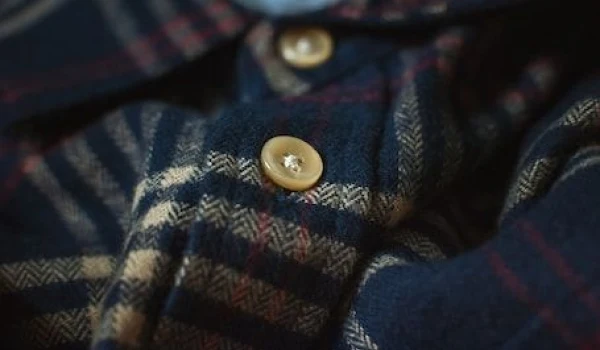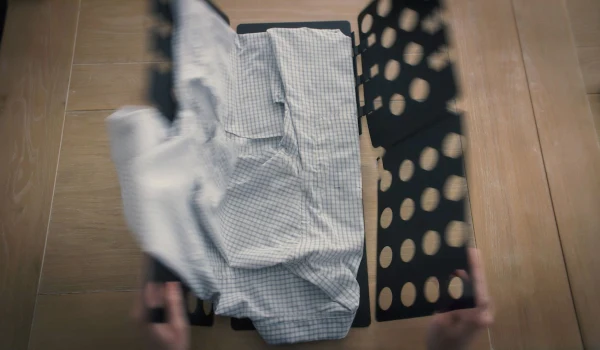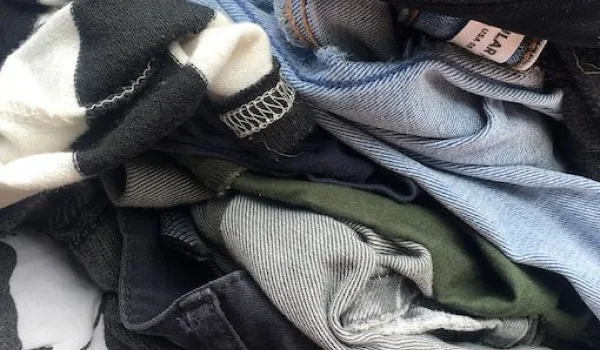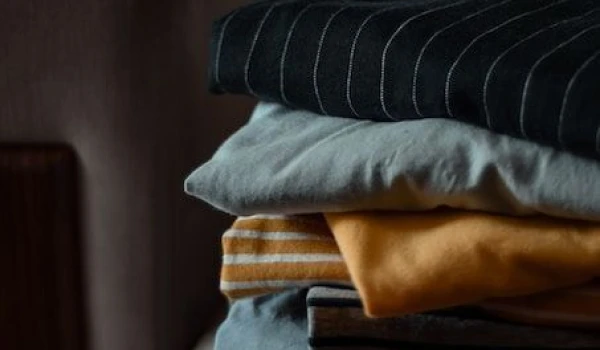Introduction
Satin is a luxurious and delicate fabric often found in everything from elegant dresses to bed sheets and even satin shoes. Its smooth, glossy surface and flowing drape make it a favorite for those who appreciate a touch of elegance in their wardrobe or home. However, satin requires special care to maintain its beauty and longevity. This article will guide you through the essentials of washing and caring for satin, ensuring that your satin garments, whether it's a satin dress or satin sheet, remain in pristine condition for years to come.
What Should You Take Into Account When Washing Satin?
Understanding Satin Fabric
Before diving into the washing process, it's crucial to understand what makes satin fabric unique. Unlike cotton or polyester, satin is a weave rather than a type of fiber, meaning it can be made from various materials like silk, polyester, or nylon. The weave gives satin its signature smooth surface, but it also makes the fabric more susceptible to damage, such as snags, discoloration, and distortion.
Potential for Snags
One of the primary concerns when washing satin is its potential to snag. Satin’s delicate surface can easily catch on rough materials or zippers, leading to unsightly pulls or tears. When washing satin garments, it's essential to handle them with care to avoid such damage. Use laundry bags designed for delicates to protect the fabric and reduce the risk of snags.
Sensitivity to Certain Chemicals
Satin is also sensitive to harsh chemicals, including some detergents and stain removers. Using the wrong product can cause discoloration or damage to the fabric's fibers. To avoid this, always opt for mild detergent specifically designed for delicate fabrics. Avoid bleach and strong stain removers, as these can strip the color and weaken the fabric.

Ways to Wash Satin
Properly washing satin is crucial to maintaining its luxurious feel and appearance. Below is a step-by-step guide to ensure your satin garments are treated with the utmost care.
1. Check the Care Label
Before washing any satin item, always check the care label. The label will provide specific instructions on how to clean the garment. Some satin items may be labeled "dry clean only," indicating that professional cleaning is the safest option. For satin pieces that can be washed at home, the label will typically suggest hand washing or using a gentle cycle on your washing machine.
2. Hand Wash or Use a Gentle Cycle
Hand washing is the preferred method for cleaning satin garments, as it minimizes the risk of damage. Here's how to do it:
-
Fill a basin with lukewarm water: Use water that is neither too hot nor too cold to prevent the fabric from shrinking or losing its shape.
-
Add mild detergent: Choose a detergent specifically designed for delicates. Avoid using too much, as a small amount is usually sufficient.
-
Submerge the satin garment: Gently agitate the water with your hands to create suds, then let the satin soak for a few minutes.
-
Gently rub any stained areas: If there are stains, use your fingers to gently rub the affected area, avoiding any harsh scrubbing motions.
If you prefer using a washing machine, place the satin garment in a mesh laundry bag and use the delicate or gentle cycle with cold water.
3. Rinse Thoroughly
After washing, it's essential to rinse the satin thoroughly to remove any detergent residue. Detergent left in the fabric can cause stiffness and even lead to discoloration over time. Rinse the garment under cold running water until the water runs clear.
4. Air Dry Flat
Never wring or twist satin garments, as this can cause permanent wrinkles or damage the fabric. Instead, gently press out excess water by laying the garment flat on a clean, dry towel and rolling it up. Once most of the water is absorbed, unroll the towel and lay the garment flat to air dry. Avoid hanging satin to dry, as this can stretch the fabric and distort its shape.

What to Consider When Drying Satin
Drying satin requires careful attention to avoid damaging the delicate fabric.
Air Drying is Best
Air drying is the safest method for drying satin. Lay the garment flat on a dry towel in a shaded area, away from direct sunlight. Direct sunlight can cause the fabric to fade or become discolored. If air drying indoors, choose a well-ventilated area to speed up the drying process.
Low-Heat Tumble Drying
If you must use a dryer, opt for a low-heat setting. High heat can damage satin by causing the fibers to shrink or lose their sheen. Place the garment in a mesh laundry bag to further protect it during the drying process. However, be aware that tumble drying can be risky, and air drying is generally the preferred method.

How to Iron Satin Clothes
Ironing satin requires a gentle touch to avoid damaging the fabric. Here are some tips to help you achieve a wrinkle-free finish without compromising the fabric’s integrity.
Low Heat Setting
Always use the lowest heat setting on your iron when pressing satin garments. High temperatures can scorch the fabric or leave unsightly marks. If your iron has a setting specifically for silk or delicates, use that to ensure the heat is appropriate for satin.
Use a Pressing Cloth
To protect the satin from direct heat, place a pressing cloth (a clean cotton cloth or a piece of muslin) between the iron and the fabric. This extra layer acts as a buffer, preventing any direct contact that could damage the satin.
Iron Inside Out
Ironing satin inside out further reduces the risk of damaging the fabric. Turn the garment inside out before ironing, and always move the iron in smooth, gentle motions. Avoid pressing down too hard or lingering in one spot for too long.

Take Care of Your Satin Garments with Rinse
Properly caring for satin garments can be time-consuming and requires a delicate touch. To ensure your satin pieces are always in top condition, consider using Rinse, a professional laundry and dry cleaning service. Rinse offers expert care for delicate fabrics like satin, using gentle cleaning methods to preserve the quality and longevity of your garments. Whether you need to remove stains, clean a satin dress, or care for your satin sheets, Rinse has you covered.
For more information on caring for your clothes, see our related articles here:
- Can All Clothes Be Dry Cleaned?
- 4 Most Commonly Asked Questions About Silk
- Dry Cleaning vs. Laundry: Everything You Should Know
Contact us at Rinse today to see our skill in action.

Have laundry or dry cleaning to do?
Rinse picks up, cleans and delivers 7 days a week. Amazingly awesome. Ridiculously simple.

















